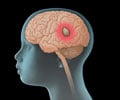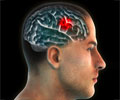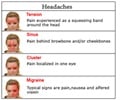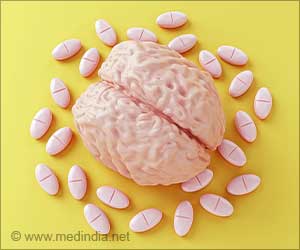Molecular signatures of anti-angiogenic resistant cells could provide new treatment targets.
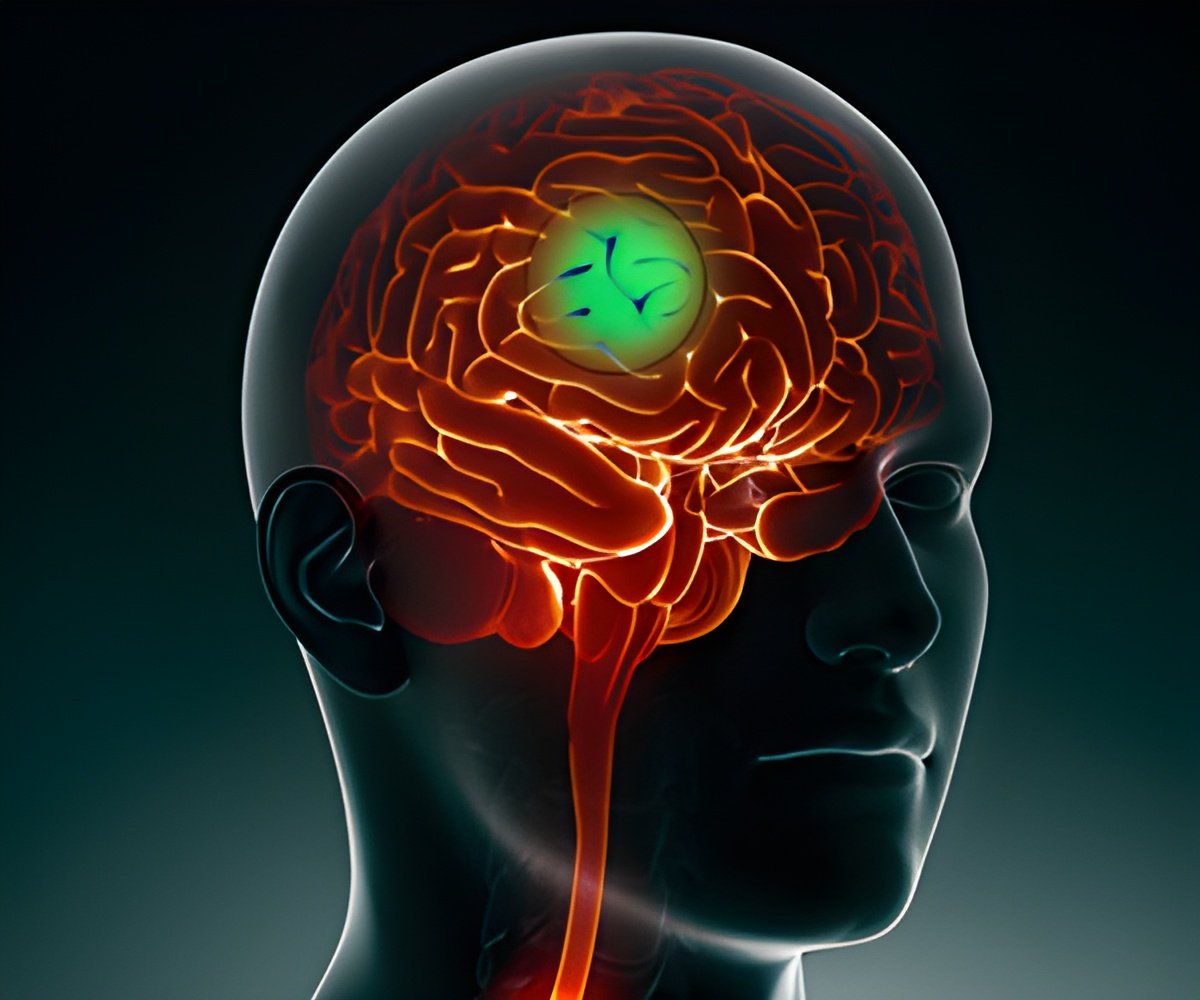
‘Study describes strategy used by brain cancer cells to spread through the brain and evade anti-angiogenic treatment.’





"Despite massive basic and clinical research efforts, the treatment of glioblastoma
and other malignant gliomas remains one of the most challenging tasks in clinical oncology," says Rakesh Jain, PhD, director of the Edwin L. Steele Laboratories for Tumor Biology in the Massachusetts General Hospital (MGH) Department of Radiation Oncology and co-senior author of the report. "Glioblastomas are highly vascularized and interact closely with pre-existing blood vessels for oxygen and nutrients. They also contain a very diverse population of cells, with characteristics of stem cell and other cells found within the brain, and may use different strategies to recruit or access blood vessels, depending on the local microenvironment and on treatments that are applied." Previous studies have revealed several ways that gliomas can migrate within the brain - including "co-option" in which single cells migrate along blood vessels or as dense clusters that lead to the formation of new blood vessels. To investigate mechanisms underlying these two strategies, the research team, primarily comprised of investigators from MGH and the University of California San Francisco (USCF), focused on a protein called Olig2, normally involved in the development of brain cells called oligodendrocytes and expressed in most glioma subtypes.
Oligodendrocyte precursors (OPCs) that express Olig2 can act as glioma progenitors; and within OPCs, signaling controlled by a protein called Wnt7 is known to play a role in embryonic vascular development within the brain, including the cells' migration along blood vessels. The team's series of experiments revealed the following:
• Olig2-positive glioma cells invade brain tissue by single-cell co-option without affecting the existing vasculature. Increased Wnt7 expression within those cells was required for that strategy.
• Olig2-negative cells grow as clusters around blood vessels - which show increased size and density - and express high levels of the angiogenic factor VEGF. Olig2-negative gliomas exhibit a breakdown in the blood brain barrier and increased activation of innate immune cells, leading to neuroinflammation.
Advertisement
• In mice implanted with Olig2-positive, Wnt7-expressing cells from human gliomas, treatment of late-stage tumors with a Wnt inhibitor and the chemotherapy drug temozolomide improved survival compared with temozolomide alone.
Advertisement
"We have discovered how Wnt signaling drives the process of single-cell, vascular co-option in gliomas, a mechanism that is strongly induced by anti-angiogenic treatment," says Jain, the Cook Professor of Radiation Oncology (Tumor Biology) at Harvard Medical School.
Source-Eurekalert


